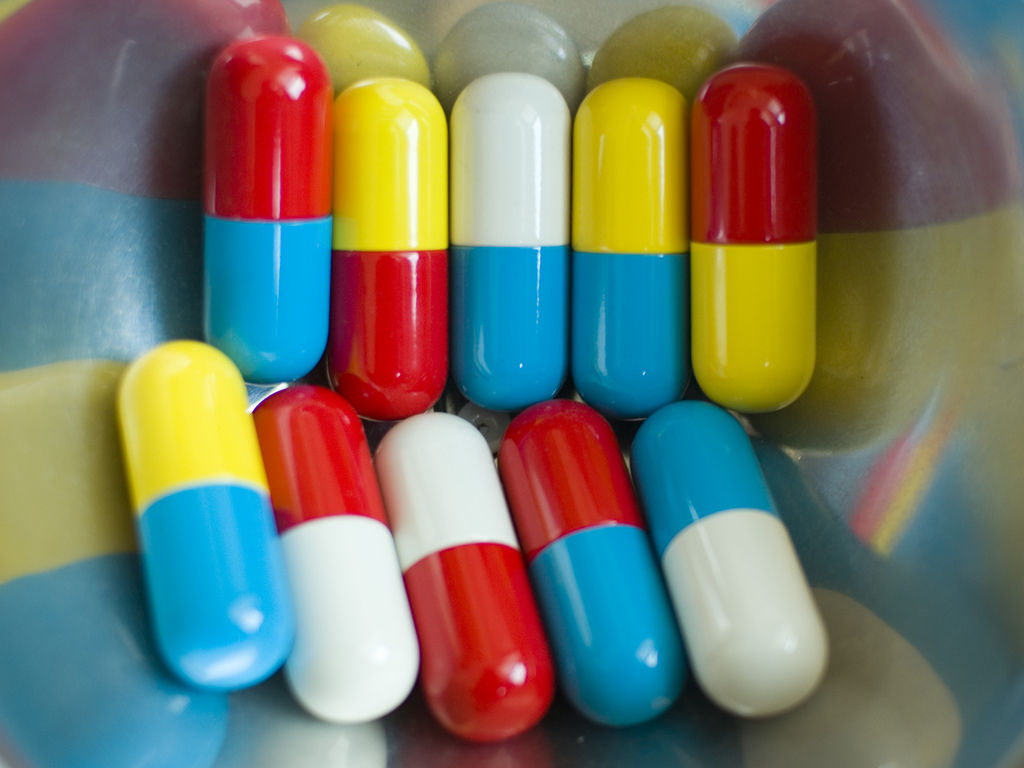The placebo effect works even if the person knows that he is taking a dummy

The placebo effect is usually called the phenomenon of improving a person’s well-being when this person believes in the effectiveness of a positive effect of a certain drug or procedure on his or her body. Usually, the degree of manifestation of the placebo effect depends on the person's suggestibility and the various circumstances associated with taking the drug or performing the procedure. Also called a placebo and a substance without therapeutic properties, which, however, has a positive effect on the well-being of a person who believes that this substance is a medicine.
Previously it was believed that the placebo effect is manifested only if the person does not know that the medication he takes is a dummy, and not a real cure. Now there is evidence that a placebo has a positive effect on a person's well-being, even if he knows about the "forgery". The results of a medical study with this conclusion were recently published in the authoritative medical journal Pain.
“The results of the study allow us to understand the impact of a placebo,” says one of the authors of the study, Ted Kapchuk (Ted Kaptchuk). He works at the Beth Israel Deaconess Medical Center, and also teaches medicine at Harvard. "The new study shows that the placebo effect is not always caused by the patients' belief that they are taking an effective drug, as previously thought," Kapchuk said.
')
Acceptance of a dummy, about which the patient knows that it is a dummy, apparently stimulates areas of the brain that are responsible for the partial formation of the symptomatic picture of a disease.
The results of the work were obtained during a large medical experiment involving 97 patients with chronic low back pain (lumbago). The main causes of lumbago are overstrain of the lumbar region, lumbar hernia, displacement of the vertebrae, or congenital anomalies of the vertebrae. The reasons for a strong sudden lumbago, which can occur in a person during tilting or lifting, are usually intervertebral disc displacement, or significant strain on the muscles and ligaments of the back.
Volunteers were checked by doctors, confirming the previously made diagnosis. After that, the participants in the experiment were told about the placebo. The lecture took about 15 minutes. After that, the group was divided into two parts. The first received the traditional treatment, and the second received the same treatment and placebo.
The overwhelming number of volunteers, about 85%, have already taken various medications before participating in the project. In most cases, these drugs were anti-inflammatory drugs that did not contain steroids. Those patients who were treated with opioids were not allowed to experiment.
Both groups of subjects took new medications, and tried to maintain their previous lifestyle, including physical activity, rest, and drugs used. Doses of drugs did not change, the drugs themselves also remained the same, the participants in the experiment asked them not to change.
The most interesting thing is that participants in the "placebo group" received bottles with a deliberate placebo. They were warned about this right away, plus “placebo pills” was written on the bottle itself. Also on the bottle it was stated that the tablets consist of crystalline cellulose, which has almost no effect on the human body. These pills were taken by volunteers twice a day.

The duration of the experiment was three weeks. After that, the participants of the first and second groups were interviewed, asking how the people’s well-being had changed. 30% of the participants in the “placebo group” stated that they were feeling better. This concerned both the pain that they experienced constantly and the maximum level of pain. In the group that took this drug, 9% of the participants said about reducing the level of chronic pain, while 16% of the participants said about reducing the maximum level of pain.
“This is the effect that turns out to be the treatment process itself: communicating with a doctor or nurse, taking pills, daily rituals and symbols of our healthcare system. The body reacts to this, ”says Kapchuk.
“We proved that the placebo effect works without cheating,” says another member of the research group. “Patients are interested in what comes next, and they begin to delve into their feelings. Their well-being is improving. ”
According to the authors of the project, the placebo effect can work in cases of certain chronic diseases, depressions and neuroses. But a placebo can never reduce, for example, a cancer tumor or cure a disease of the cardiovascular system. “This is not a panacea, but most people feel better. Our research suggests that you should not underestimate placebo. Perhaps placebo needs medicine, ”Kapchuk said.
The authors of the project believe that without trust in their doctor or the health care system as a whole, the placebo will not work.
Source: https://habr.com/ru/post/398335/
All Articles